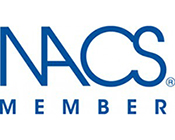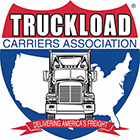Wire Gauge and Ampacity
In order to install any electrical wire installation, the proper wire size for the application is needed. But how do you know what size wire to use? Wire is sized by the American Wire Gauge (AWG) system. Your installation of conductors will depend on a few factors. The gauge of the wire, wire capacity, and what the wire will feed should all be considered.
You’ll notice that the smaller the wire gauge, the larger the ampacity that the wire can handle. Wire ampacity is the safe amount of current that a wire can handle without getting hot or causing a fire. The following examples of devices in your home, the ampacity that they are rated for, and the wire gauge, will help you determine the right size wire for the appropriate application.
Wire Guages and Uses
| Wire Use | Rated Ampacity | Wire Guage |
| Low-voltage Lighting and Lamp Cords | 10 Amps | 18 Guage |
| Extension Cords | 13 Amps | 16 guage |
| Light Fixtures, Lamps, Lighting Runs | 15 Amps | 14 Guage |
| Receptacles, 110-volt Air Conditioners, Sump Pumps, Kitchen Appliances | 20 Amps | 12 Guage |
| Electric Clothes Dryers, 220-volt Window Air Conditioners, Built-in Ovens, Electric Water Heaters | 30 Amps | 10 Guage |
| Cook Tops | 45 Amps | 8 Guage |
| Electric Furnaces, Large Electric Heaters | 60 Amps | 6 Guage |
| Electric Furnaces, Large Electric Heaters, Sub Panels | 80 Amps | 4 guage |
| Service Panels, Sub Panels | 100 Amps | 2 Guage |
| Service Entrance | 150 Amps | 1/0 Guage |
| Service Entrance | 200 Amps | 2/0 Guage |





